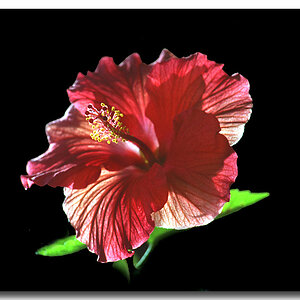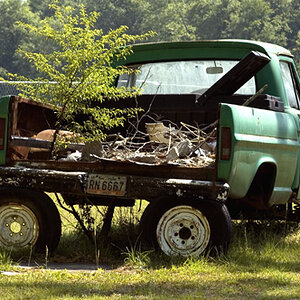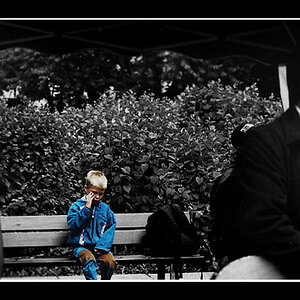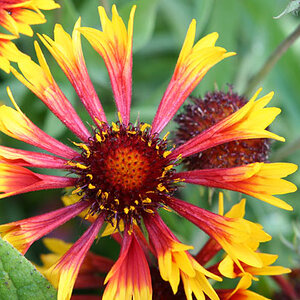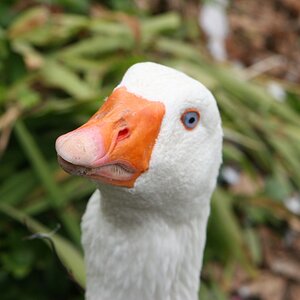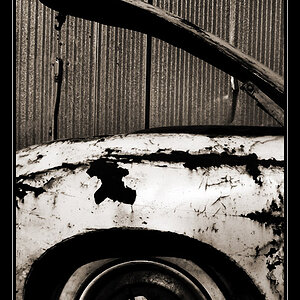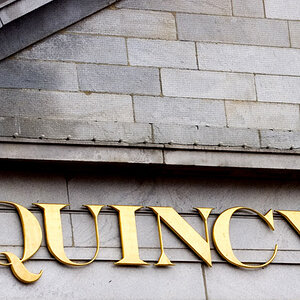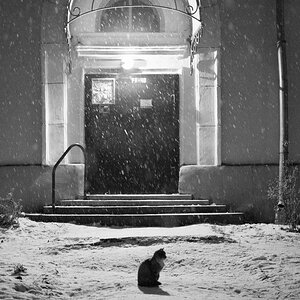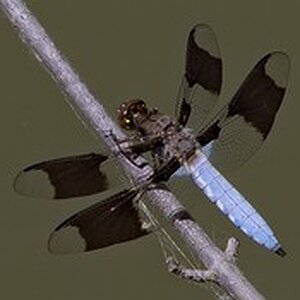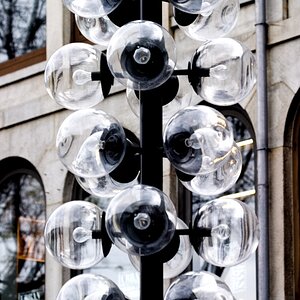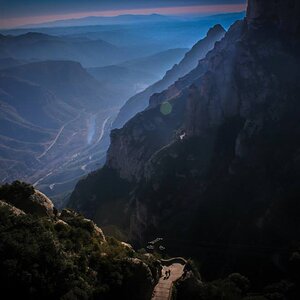ferguson911
TPF Noob!
- Joined
- Apr 10, 2010
- Messages
- 102
- Reaction score
- 0
- Location
- Quebec, Canada
- Can others edit my Photos
- Photos OK to edit
A test using a fake cat
f9 1\200 of a second, low powered flash head w\ wireless

f9 1\200 of a second, low powered flash head w\ wireless








